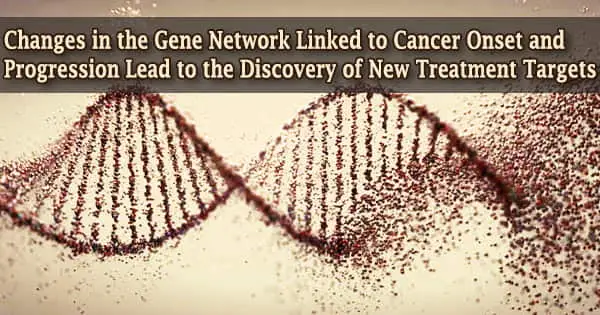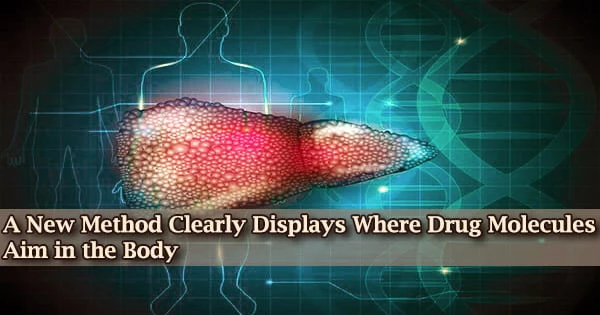In recent years, cancer chemotherapy has experienced a paradigm change, with classic treatments such as broad-spectrum cytotoxic medicines being supplemented or replaced by drugs that target specific genes thought to be involved in the disease’s origin and progression.
When researchers used genomic profiling to look at individual patient tumors, they were able to discover certain “cancer driver genes” that, when mutated or abnormally expressed, contributed to the onset and progression of cancer.
Different cancer kinds, such as lung cancer versus breast cancer, and, to a lesser extent, different persons diagnosed with the same cancer type, show variations in the cancer driver genes thought to be important for disease start and development.
“For example, the therapeutic drug Herceptin is commonly used to treat breast cancer patients when its target gene, HER-2, is found to be over-expressed,” says John F. McDonald, professor in the School of Biological Sciences.
McDonald adds that, at the moment, identifying possible gene therapy targets is nearly entirely based on tumor genomic investigations that reveal cancer driver genes that are considerably over-expressed.
McDonald and Zainab Arshad, a Bioinformatics Ph.D. student, discovered that another crucial class of genetic changes may be occurring in locations where scientists don’t ordinarily look: the network of gene-gene interactions associated with cancer onset and progression.
“Genes and the proteins they encode do not operate in isolation from one another,” McDonald says. “Rather, they communicate with one another in a highly integrated network of interactions.”
We observe re-establishment of high levels of network complexity, but the genes comprising the complex networks associated with advanced cancers are quite different from those comprising the complex networks associated with the precursor normal tissues.
John F. McDonald
“What I think is most remarkable about our findings is that the vast majority of changes more than 90% in the network of interactions accompanying cancer are not associated with genes displaying changes in their expression,” adds Arshad, co-author of the paper.
“What this indicates is that ‘hub genes,’ or genes that play a crucial role in causing alterations in network structure linked with cancer, could be important new targets for gene therapy that gene expression analyses miss.”
Their study was published in the journal iScience under the title “Changes in gene-gene interactions associated with cancer start and progression are essentially independent of changes in gene expression.”
Mutations, expression, and changes in network structure
Arshad and McDonald experimented with cancer samples from the brain, thyroid, breast, lung adenocarcinoma, lung squamous cell carcinoma, skin, kidney, ovarian, and acute myeloid leukemia, noticing variations in cell network organization as the tumors progressed from early to late stages.
They saw a drop in network complexity in early-stage malignancies that kept limited to the bodily tissue of origin, compared to normal pre-cursor cells.
Normal, healthy cells are highly differentiated, but as they transition to cancer, “They go through a process of de-differentiation to a more primitive or stem cell-like state. Network complexity grows when cells shift from early embryonic stem cells to highly specialized fully differentiated cells, according to developmental biology. What we see in the transition from normal to early-stage cancers is a reversal of this process,” McDonald explains.
McDonald says as the cancers progress to advanced stages when they can spread or metastasize to other parts of the body, “We observe re-establishment of high levels of network complexity, but the genes comprising the complex networks associated with advanced cancers are quite different from those comprising the complex networks associated with the precursor normal tissues.”
“As cancers evolve in function, they are typically associated with changes in DNA structure, and/or with changes in the RNA expression of cancer driver genes. Our results indicate that there’s an important third class of changes going on changes in gene interactions and many of these changes are not detectable if all you’re looking for are changes in gene expression.”
















